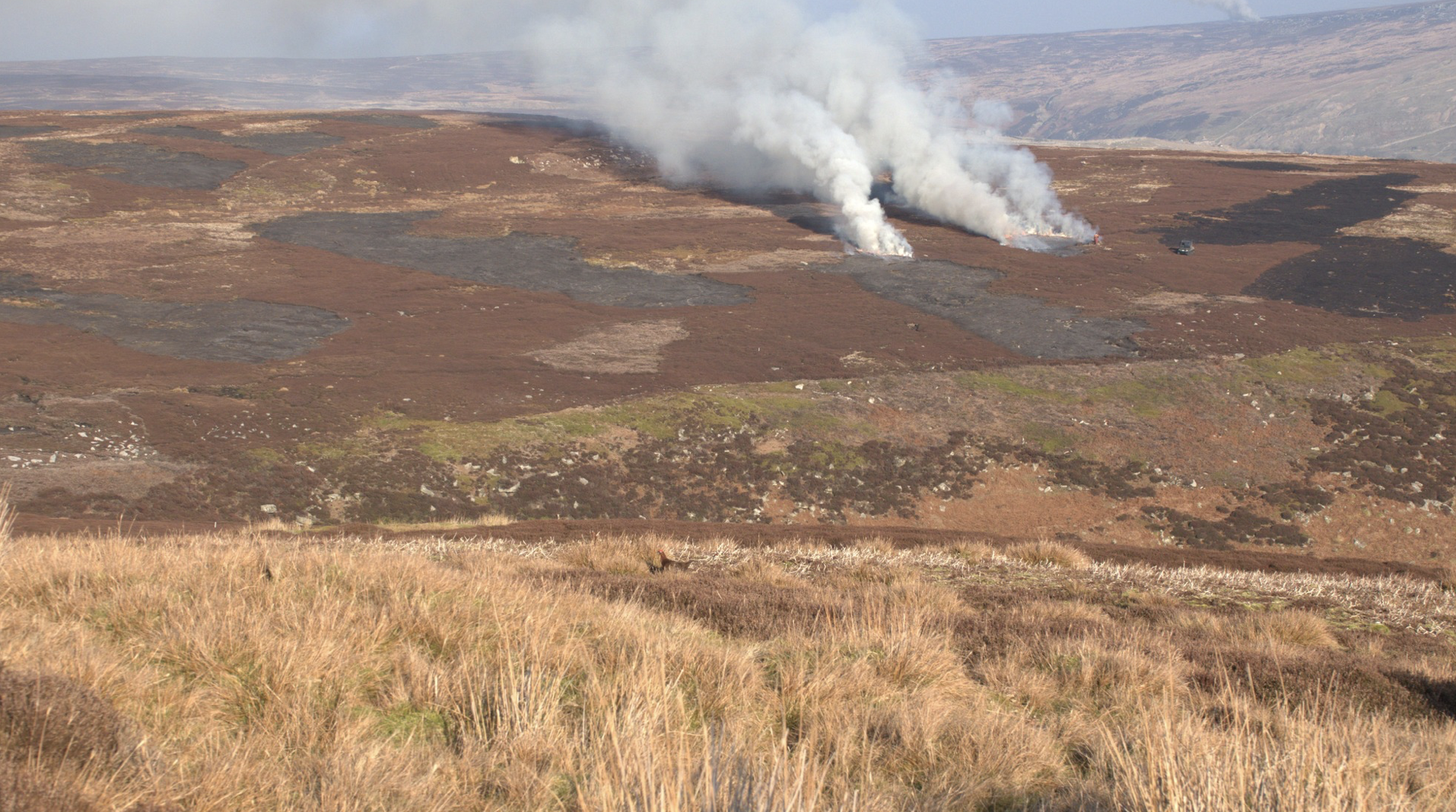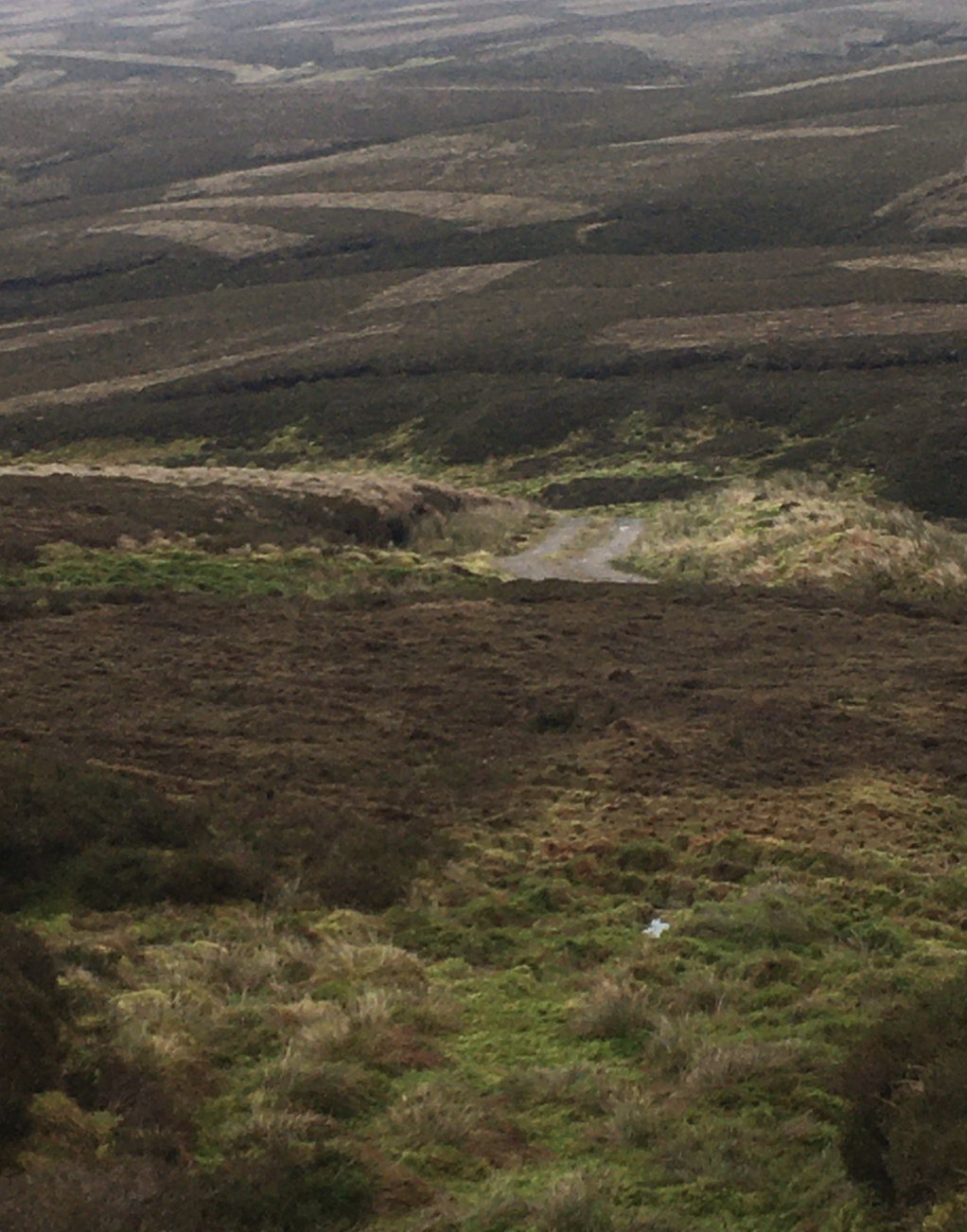The importance of heather management
Yorkshire Dales Moorland Group
Heather management is recognised as being critical to maintaining the uplands for a number of reasons. All are just as important as each other and include reduction of dangerous fuel loads (wildfire prevention), regeneration of healthy nutritious young plants for red grouse and livestock and also for creating and maintaining optimised diversity for wildlife.
Traditionally heather is burned rotationally in the winter and early spring giving rise to the term 'cool burning'. This proven system of regeneration requires skill, expertise and an innate understanding of the landscape and the prevailing weather conditions. Modern moor managers and keepers are trained and fully qualified in heather burning techniques indeed all possess accredited qualifications for the purpose. Heather burning has its detractors and the practice has been hijacked by anti shooting individuals who have tried to turn burning into a weapon with which to inflict harm on those who have nurtured the uplands for generations. However, science is proving that they are wrong and the custodians of the moors are right. Rotational strip burning is effectively carbon neutral since the carbon lost during combustion is absorbed from the atmosphere by emerging and onward growing plants. If burning logs on a stove is carbon neutral how can burning renewable heather not be? After several years of growth the maturing heather plant loses its capacity to absorb carbon and becomes woody and highly combustible. Transpiration increases which can cause moisture loss from the peat base and ultimately dry the substrate. Drying peat is not good. Burning rejuvenates the plant, mitigates against wildfire and creates a patchwork of micro habitats that are crucial to numerous red listed species.
Moorland keepers also cut the heather with machinery especially where current legislation prevents burning. Together, the two systems can compliment each other and both methods must remain in the land managers tool kit. Every keeper will tell you that no two moors are the same and within said moors the topography, land type and peat depth can vary enormously within a matter of metres. It is for this reason that all methods of vegetation management need to be retained and at the disposal of those with the intimate knowledge of their ground. Below are a few images and clips to help curious minds understand the situation more thoroughly.



